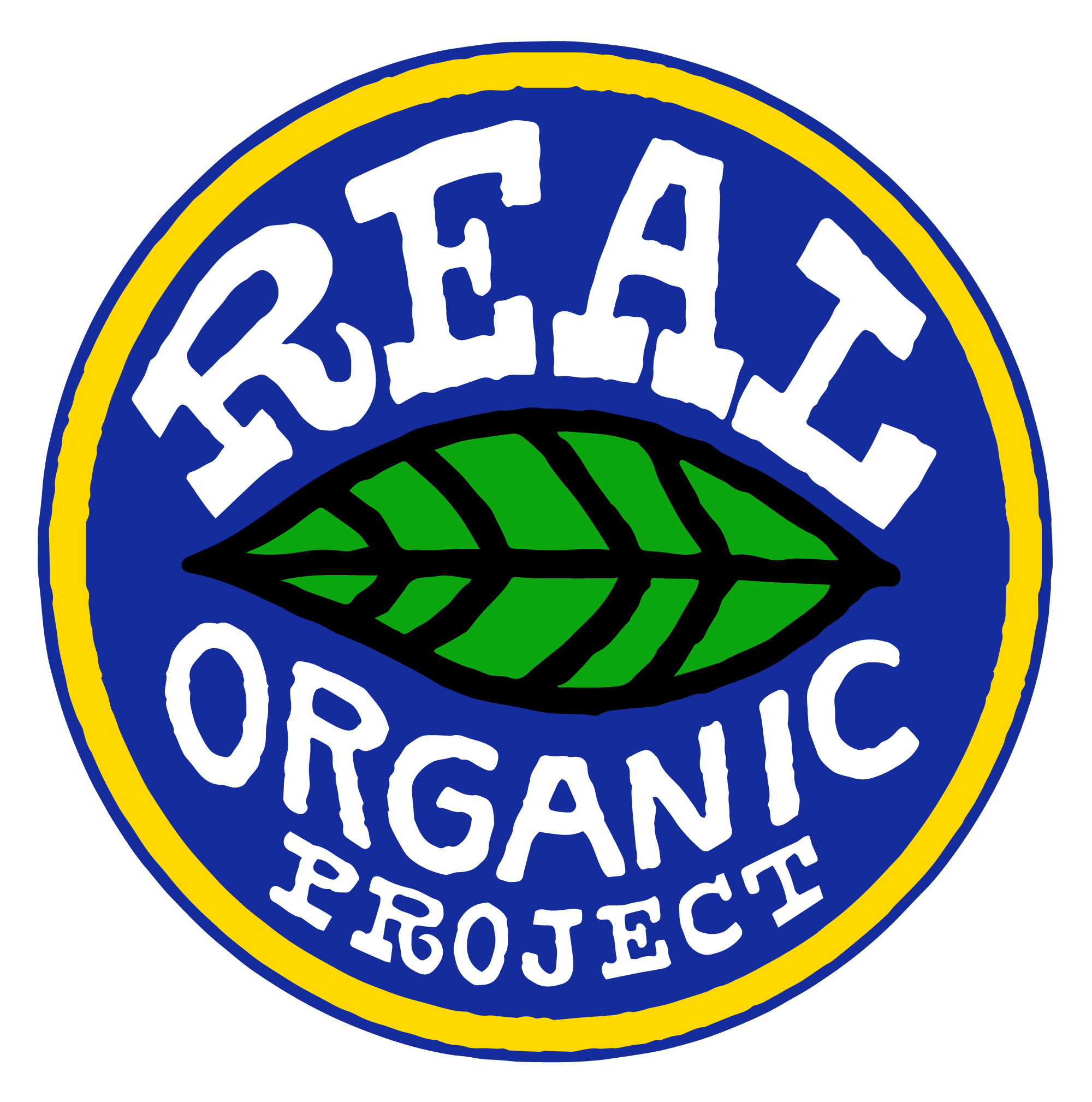Wheatfield Hills Organics, Wisconsin
Wisconsin farmer Helen Kees and her grandson Robert Winkler of Wheatfield Hill Organics share their views on family farming, the permaculture crops and rotational grazing methods they use, as well as the profound appreciation they’ve developed for the diverse ecosystem that is their farm. Read the full transcript below.
Helen Keees & Robert Winkler, Wheatfield Hill Organics
Helen: Hi I’m Helen Kees and you’re on our farm, Wheatfield Hill Organics, and I’m here
with my grandson.
Robert: I’m Robert Winkler, the fifth-generation.
Helen: Alfalfa is the fertility engine on our farm. We run about ninety to a hundred acres open and we have another 100 acres of lowland pasture. We run Angus and cattle direct-market, most of it. Some of it is shipped to our member co-op, Organic Valley.
The crops, generally they’re permaculture. Two acres of asparagus, a couple acres or more of blueberries and raspberries, and some small grains; generally barley. We also “calf crop share” another sixty acres. The entire sixty acres is dedicated to mob grazing. We keep it in twelve fields and then move ribbons daily in those twelve fields and we do that throughout the grazing season – about a three entire rotations per year through those twelve fields.

We do probably ten to twenty-five acres of sweet corn, ten acres of melons, and then of course, other miscellaneous crops – tomatoes, peppers, squash.
Robert: Most days, we’re working seven days a week, if it’s either picking or selling, we’re just wholesaling or whatever it is.
Helen: I didn’t choose farming; farming chose me. Now I could have probably done a few other things. Long ago, I got a degree in biology and I thought I knew something. And then I soon realized I didn’t know anything.
Becoming an Organic Farmer at Wheatfield Hills
And then about ’92, ’93 I got involved intensively in a battle over aerial spraying of potatoes, and that’s where I got a real education about the use of chemicals in farming. When I discovered that they were using 13 different chemicals and spraying a dozen times on one field in a year with things like methamidophos, all sorts of fungicides, that’s when I realized that up until then, I was not an organic farmer.

That’s when I realized I wouldn’t do it anymore and that’s when I got serious about farming – and once you get serious about farming, you gotta get serious about the soil. Under one of your footsteps is more soil life, individual soil life than there are people on Earth. That’s pretty hard to comprehend and it’s pretty mystical.
I mean that’s magic if there’s magic, Robert.
I think there is a God and part of this is the face of God. When you look into this or look into a pansy you’re looking at the face of God, so I guess that’s why we farm. I can’t think of a better place to raise kids or grandkids.
Bringing Food to the Community at Every Stage of Life
There’s challenges, it’s not all a bed of roses. We work very hard – all farmers work very hard, so I think the reward is more than financial. It’s a good feeling to hand off some food to a mom that’s maybe two or three months pregnant, or to a mom that’s nursing, or to a family, you know, with two, maybe three young children, or to somebody that’s, you know, in the later stages of life. You know, we need geriatric health, too.

It’s a great feeling to feed people and know that there’s a nutritional density to something you’re handing them.
On a small farm, it’s generally run by the family, and family help. Their hearts are in it. They’re gonna stay there; they have a vested interest there, to love the land. You know, there has to be a vested interest and there’s a certain scale to it.
If you’re gonna concentrate animals indoors, you can milk thousands of them, but if you’re going to pasture them, if you’re going to put animals where they were designed to be, (you know, if a ruminant has four stomachs it was designed to eat grass), then there’s a scale. There is a limit.

We know that if something is sold locally, that dollar turns over seven times on a small Main Street in rural America. If we have a concentrated animal feeding operation (CAFO), where they’re milking three to four to five to 30,000 dairy cows, we know almost all of that money is leaving that community. We have to keep that dollar here and we have to keep it circular. It has to keep going around. That’s really where economic health is built.

